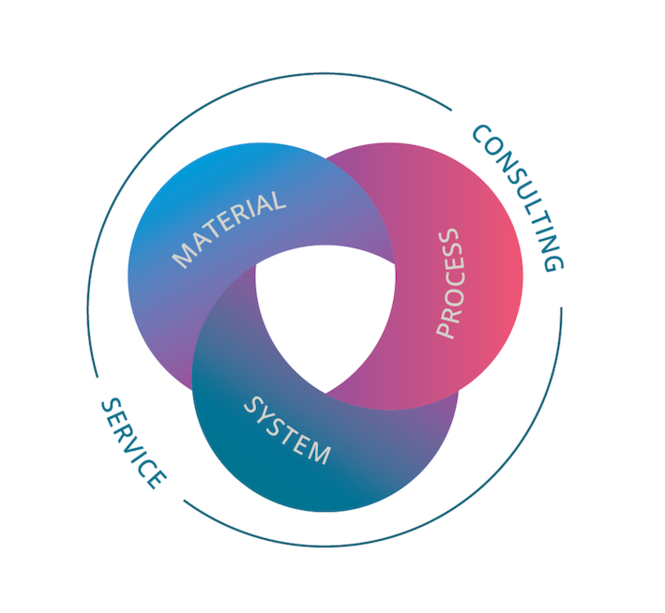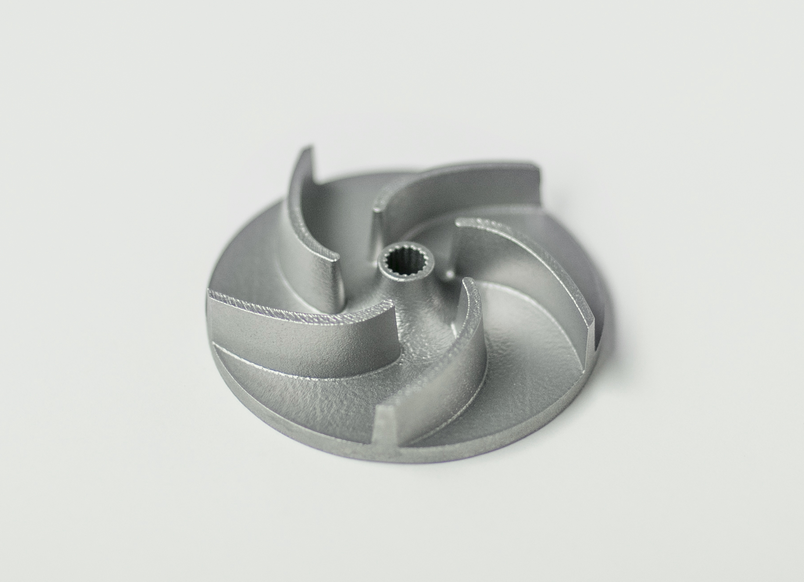
METAL SOLUTIONS
EOS StainlessSteel 254
Material Data Sheet
EOS StainlessSteel 254
EOS StainlessSteel 254 is an austenitic stainless steel for extreme conditions. The high chromium, molybdenum and nitrogen alloying give excellent corrosion resistance in many difficult environments. The general pitting resistance equivalent PREN for 254 is 43 (PREN = %Cr + 3.3 X %Mo + 16 X %N).
- Excellent resistance to uniform, pitting and crevice corrosion
- High resistance to stress corrosion cracking
- Higher strength than conventional austenitic stainless steels
- Chlorinated seawater handling equipment
- Pulp and paper manufacturing devices
- Chemical handling equipment
The EOS Quality Triangle
EOS uses an approach that is unique in the AM industry, taking each of the three central technical elements of the production process into account: the system, the material and the process. The data resulting from each combination is assigned a Technology Readiness Level (TRL) which makes the expected performance and production capability of the solution transparent.
EOS incorporates these TRLs into the following two categories:
All of the data stated in this material data sheet is produced according to EOS Quality Management System and international standards
EOS incorporates these TRLs into the following two categories:
- Premium products (TRL 7-9): offer highly validated data, proven capability and reproducible part properties.
- Core products (TRL 3 and 5): enable early customer access to newest technology still under development and are therefore less mature with less data.
All of the data stated in this material data sheet is produced according to EOS Quality Management System and international standards

POWDER PROPERTIES
EOS StainlessSteel 254 powder material is in accordance with DIN EN 10088-3, EN 1.4547
Powder Chemical Composition (wt.-%)
| Element | Min. | Max. |
|---|---|---|
| Cr | 19.5 | 20.5 |
| Ni | 17.5 | 18.5 |
| Mo | 6.0 | 7.0 |
| Cu | 0.5 | 1.0 |
| N | 0.18 | 0.25 |
Powder Particle Size
| GENERIC PARTICLE SIZE DISTRIBUTION | 20 - 65 μm | |
|---|---|---|
HEAT TREATMENT
Heat treatment procedure
Optional solution annealing: At 1180 °C for 2 h after parts have fully heated through, water quenching Typical dimensional change after heat treatment: 0.06 %
